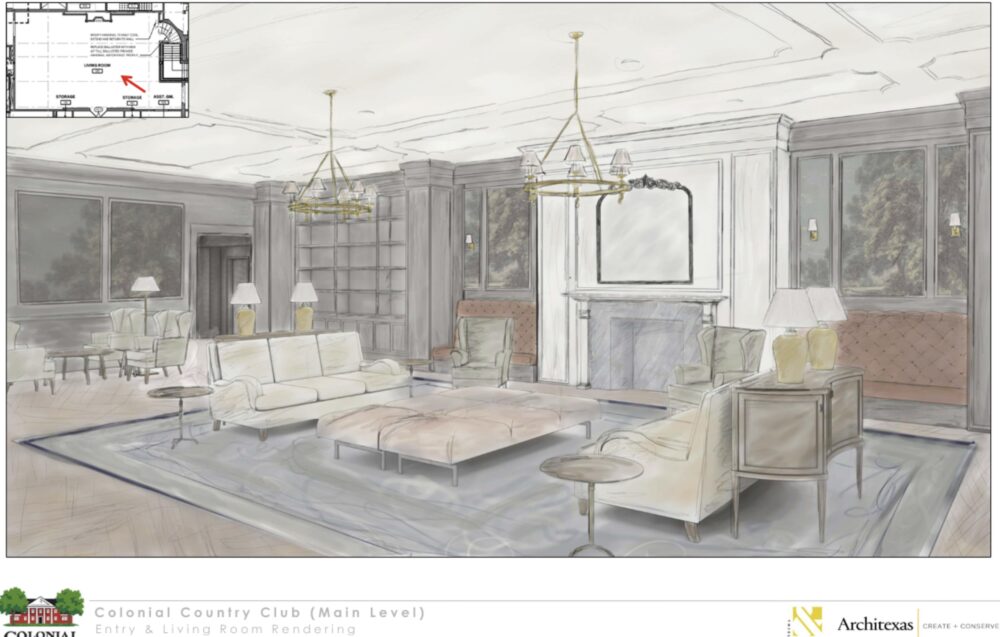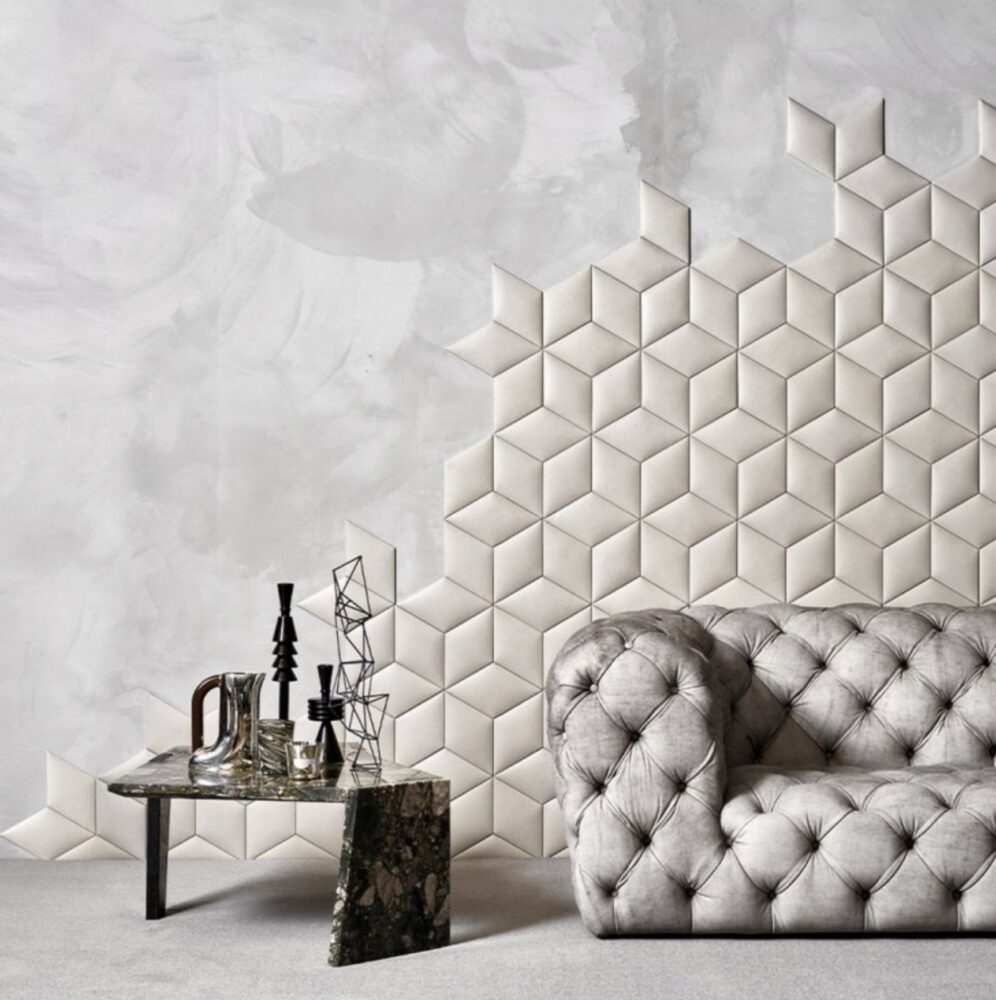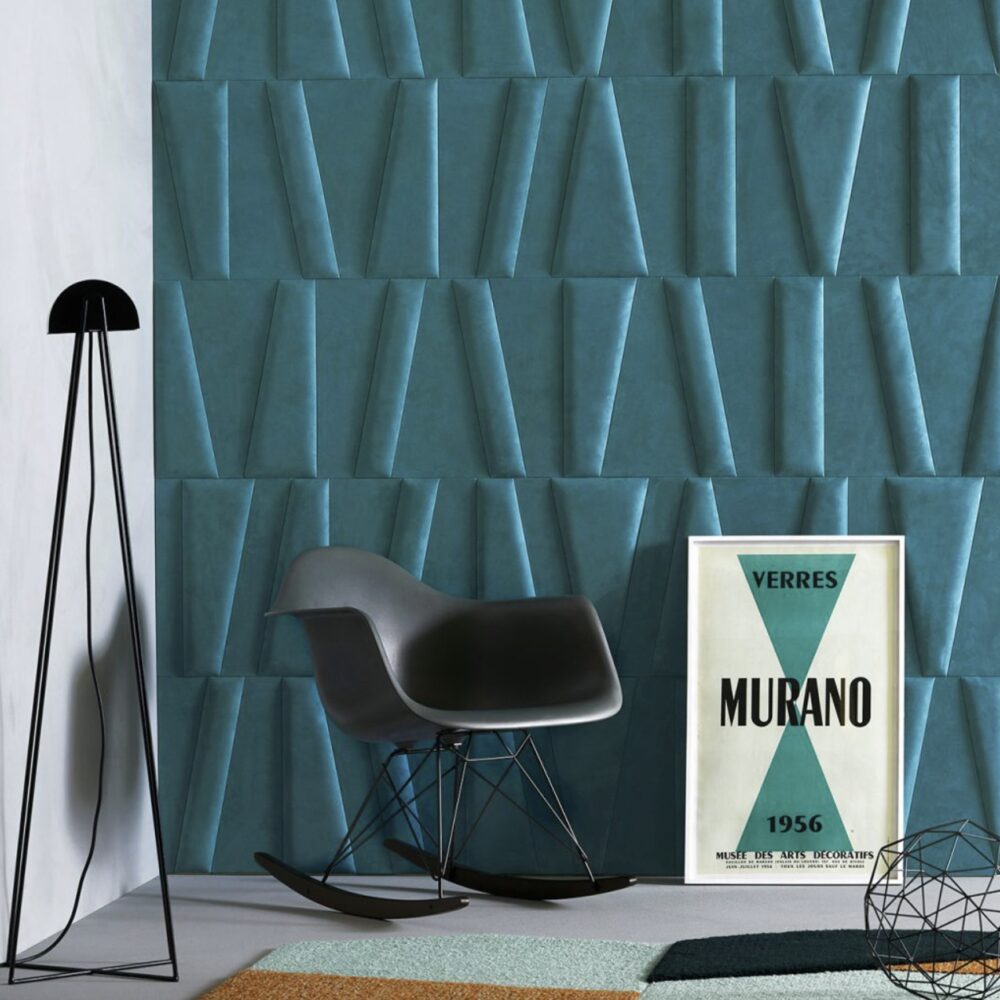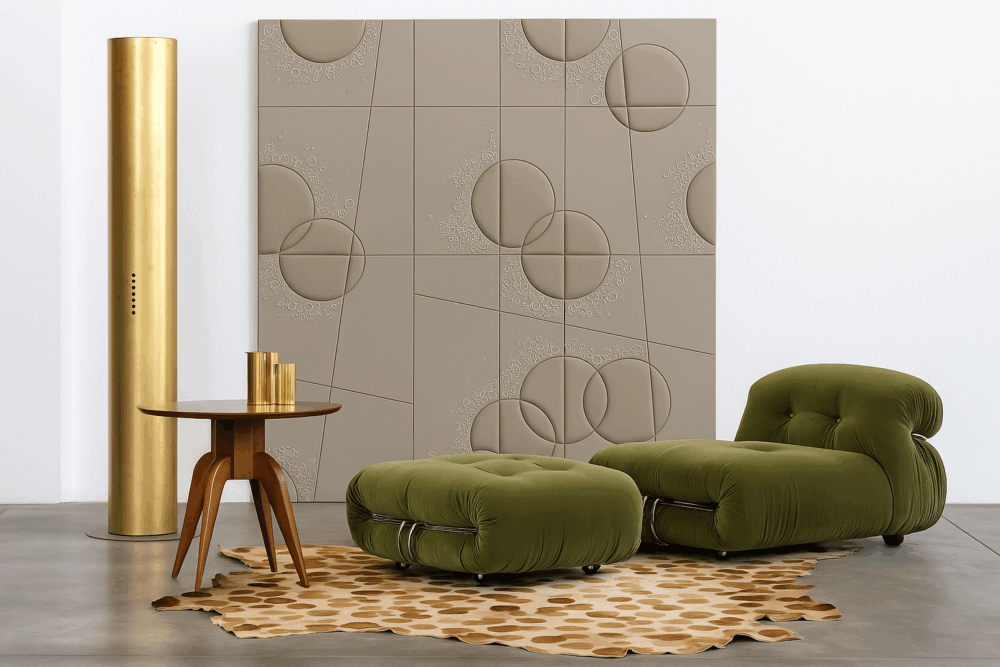Paige Byrd, owner and co-president of Thiel & Team, explains how the emotional core of design creates a new kind of luxury in hospitality.
In today's highly competitive luxury market, it is no longer enough to just have beautiful spaces and exceptional service. The current customer market requires more than just basic services as people specifically seek experiences that create deep emotional connections. The transition represents a crucial turning point for architects and designers working in this area. Luxurious design has developed through deliberate design combines wellness principles with modern technology and personalized experiences to create lasting emotional bonds between users and their environment. The current design approach for luxury products is to create products that create an emotional connection with their users.
The wellness renaissance
Travel has evolved into a profound form of self-care as modern travelers seek to experience well-being, longevity and build connections with others. Designers must now create wellness spaces that go beyond the traditional confines of fitness centers. The solutions require targeted supplementation with facilities that promote physical and mental well-being. The market is showing increasing interest in biohacking and recovery suites including IV therapy lounges and red light beds as well as cold dives that can be integrated into current building designs. The Ammortal Chamber is becoming a sought-after facility for owners who value recreation for residents and members. The Colonial Country Club invested a lot of space in a renovation Create facilities to help members train and recover. The selection of materials plays a crucial role Pollutant-free surfaces and temperature-adaptive floor coverings Create an environment that actively supports well-being, proving that design is a powerful tool for promoting health.

Condé Nast Traveler reports that “travel has become our fountain of youth,” as travelers seek wellness, longevity and community in equal measure. According to research from Booking.com, 67% of tourists choose wellness activities because they want to incorporate these practices into their daily lives to improve their life balance. More than half (58%) agreed they would pay for a vacation whose sole purpose was to extend their lifespan and well-being. The hospitality industry is responding to this demand in a variety of ways. The most forward-thinking hotels and clubs are already prioritizing locally grown, organic, artificial additives and fully traceable ingredients in everything from soaps to takeaway meals. The bar industry now offers adaptogenic cocktails without alcohol, by using functional herbs and botanicals to create drinks that help people recover instead of losing their health.
The design process should begin with this method, which includes the use of non-toxic materials and finishes to create better indoor air quality. Hotel designers should use natural materials and organic color schemes, as well as soft lighting, herbal scents and acoustic design in public spaces to create sensory depth that promotes well-being.
The new “velvet rope” aesthetic
The modern world allows everyone access to luxury, but high-end products are characterized by exclusive features. High touch and focal areas know no boundaries as spaces are designed in three dimensions, ensuring each building level provides an opportunity for storytelling and branding. Bespoke Studioart panels as wall treatments, as well as attention to flooring, either in the form of bespoke tile mosaics or bespoke rugs from Art of Floors, make way for individual design and a strategic sense of direction that also creates a strong sense of place. The main goal currently is to create an environment that welcomes visitors but maintains the exclusive nature of VIP status. The hotel achieves this goal through special design elements that open up an emotional path for its guests. Designers implement architectural details and strategic lighting as well as unobtrusive signage to create speakeasy-style spaces that offer private, exclusive experiences.


A prime example is the Baker Hotel & Spa, with its 13th-floor speakeasy that offers premium members personalized liquor cabinets while maintaining an exclusive invitation-only policy. The extensive historical background of the hotel and its famous visitors form the basis for this narrative elements that run through the design and decorative elements of the building. The design language takes its final form through the combination of high-quality materials and special flooring selection, which create a finished appearance instead of a simple appearance.
Designing with data: AI personalization
Guests today demand that brands understand their preferences and predict their needs. Converting raw data into a specific design path presents an interesting challenge for designers. To achieve the solution, an advanced technological implementation is required. Hotels and clubs are likely to take advantage AI-driven personalization systems to track guest profiles and provide concierge services that enable them to provide customized experiences to their guests in today's emerging times. Technology will continue to evolve to enable direct spatial design inputs to physical environments in the coming years. There is a room where automated systems adjust lighting, temperature and spatial layout based on guests' previously recorded preferences. The method represents the most advanced form of predictive design as it builds deep guest loyalty through the ability to understand and value each person individually.
A human-centered approach
Luxury design in the coming years will focus on developing sensory experiences that will surpass traditional visual design elements. The most successful projects will be successful through their focus on emotional aspects and well-being as well as individual approaches. Professionals can develop a more impactful and satisfying human experience through intentional design implementation and data use, as well as material selection that creates emotional connections. In my opinion, every project represents an opportunity to build authentic and lasting relationships.
Wellness and relaxation: Ammortal
Interior wall panel: inspirations | Studio style
Favorite craftsman for custom furniture: Holdfast Furniture
Favorite custom-made rugs: Art of Floors | Custom-made carpets. Simplified.
